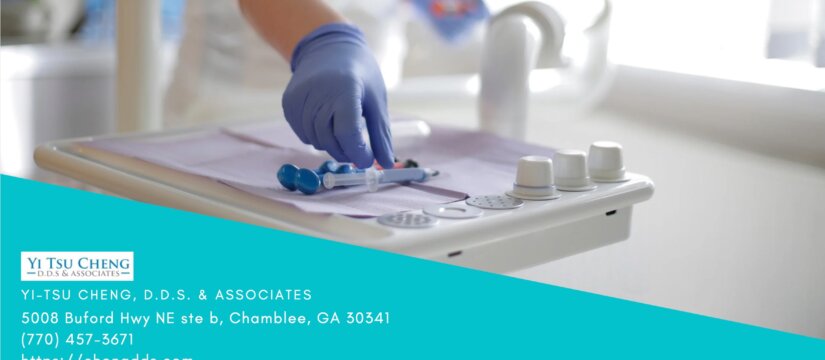
An infected wisdom tooth extraction is a dental procedure in which an infected tooth, typically the third molar, is extracted. In some instances, a wisdom tooth infection may be caused by bacteria, an abscess, or both. Since wisdom teeth are the last to erupt, they do not always erupt properly, and if they become trapped beneath the gum line, they can become infected or develop an abscess. In some cases, the infection or abscess may cause discharge or bleeding, as well as pain and discomfort in the affected area.
What Does an Infected Wisdom Tooth Extraction Look Like
In the presence of an infection, a dentist will typically recommend extraction. Depending on the severity of the infection, a simple extraction or surgical extraction may be necessary to remove a wisdom tooth. During a simple extraction, the tooth is loosened and removed with forceps. In order to remove a tooth surgically, the dentist may need to cut into the gum tissue and remove the bone surrounding the tooth.
What Happens During an Extraction
Before performing the extraction, the dentist will take an x-ray to evaluate the infection and determine the optimal treatment. The affected area will be anesthetized so that the patient does not feel any pain during the extraction. After the infection has been eliminated, the dentist may pack the affected area with gauze to promote healing. Depending on the severity of the infection, the patient may require additional care.
In conclusion, an infected wisdom tooth extraction is a dental procedure in which an infected or abscessed tooth is removed. The patient may exhibit symptoms such as swelling, redness, pain and discomfort, discharge, or bleeding. The dentist may need to perform a simple or surgical extraction, depending on the severity of the infection. The dentist may need to pack the extraction site to facilitate healing, and the patient may require follow-up care. Finally, it is essential that patients find a dentist who can accurately diagnose and treat the infection.
DISCLAIMER: The advice offered is intended to be informational only and generic. It does not offer a definitive diagnosis or specific treatment recommendations for your situation. Any advice provided is no substitute for proper evaluation and care by a qualified dentist.
